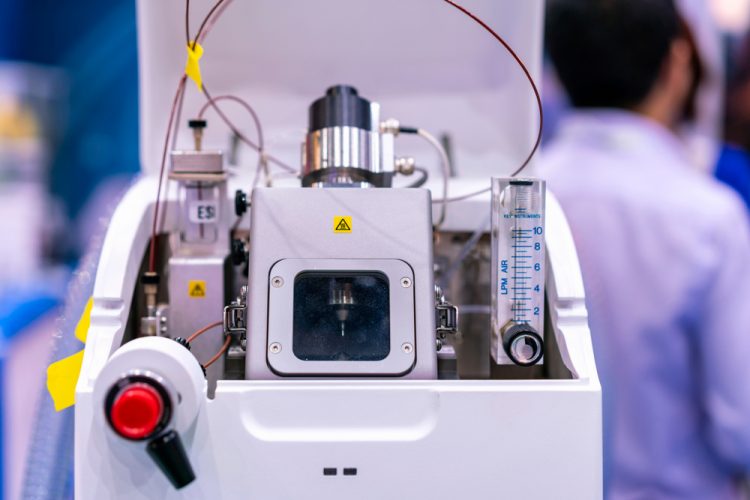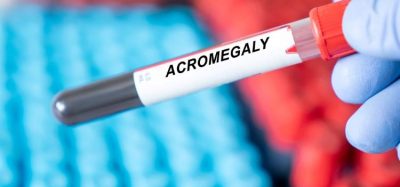New mass spectrometry technique to detect low-level host cell proteins
Posted: 21 October 2021 | Hannah Balfour (European Pharmaceutical Review) | No comments yet
Host cell protein-automated iterative mass spectrometry (HCP-AIMS) enables the robust, reproducible and high throughput analysis of host cell proteins, says study.


Researchers have developed a new liquid chromatography-tandem mass spectrometry (LC–MS/MS) technique to enable the detection of low level host cell proteins (HCPs) in monoclonal antibodies (mAbs).
Despite downstream purification processes removing the majority of HCPs from therapeutic proteins, very low levels (under 100 ppm), may remain in the final drug product. HCPs are a critical quality attribute because they can affect product safety and stability, thus must be tightly controlled, and determined in the final drug substance at release.
LC–MS/MS is a technique used to analyse protein identity and determine the relative abundance of HCPs; however, according to the authors of a paper, MS methods typically offer wither fast and unbiased HCP identification or sensitive identification and accurate protein quantitation, not both, “due to differences in the complexity of sample preparation and LC–MS/MS methodologies”.
They explained that some of the enrichment techniques used in sample preparation may alter the quantities of HCPs in a sample, meaning the detected levels may not be representative of actual HCP abundance, in addition to requiring a large amount of sample. According to the authors, it is preferred if samples can be prepared using just direct digestion for HCP analysis, as this requires minimal sample handling and can maintain the naturally abundant quantities of HCPs.
To meet the challenges of HCP analysis and enhance their ability to detect and quantify low level HCPs, analytical chemists from Regeneron Pharmaceuticals developed HCP-automated iterative mass spectrometry (HCP-AIMS) – a simple, automated and robust HCP analysis workflow that enabled them to identify HCPs as low as 10 ppm in two mAb products.
In the paper published in the Journal of Pharmaceutical and Biomedical Analysis, HCP-AIMS required only direct digestion of samples as preparation, not enrichment or pre-treatment. The authors also demonstrated, using two spiked-in samples of mAbs (one in-house and one National Institute of Standards and Technology [NIST]), that the HCP-AIMS strategy can detect low abundant HCP peptide precursor ions, with a detection limit of up to 10 ppm or lower.
The authors wrote that coupling HCP-AIMS with front-end analytical flow ultra-high performance liquid chromatography (UHPLC) “allows the entire HCP-AIMS workflow to become robust, reproducible and suitable for high-throughput HCP analysis in therapeutic protein drug development and characterisation”. Adding that the use of direct digestion for sample processing meant that large-scale and high-throughput sample preparation could be automated.
They concluded: “the HCP-AIMS assay is suitable for the HCP analysis needs supporting downstream process development, especially for the purpose of the [Design of Experiment] DOE study to determine the best downstream purification process conditions of eliminating HCPs. The easy and simple sample preparation in the HCP-AIMS workflow also allows for fast and unbiased HCP identification and quantitation for drug candidate characterisation, HCP out-of-trend (OOT) and out-of-specification (OOS) investigations, and risk mitigation of problematic HCPs (eg, protease or lipase) carried into final drug products…”
Related topics
Analytical techniques, Biologics, Drug Safety, HPLC, Impurities, Mass Spectrometry, Proteins, Technology









